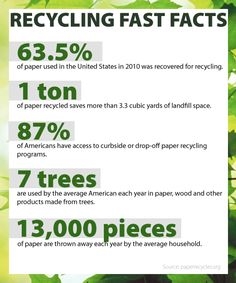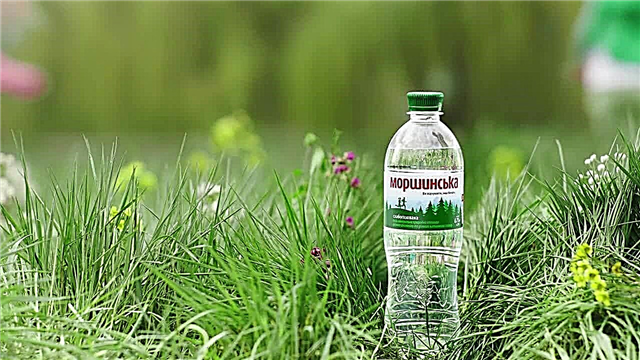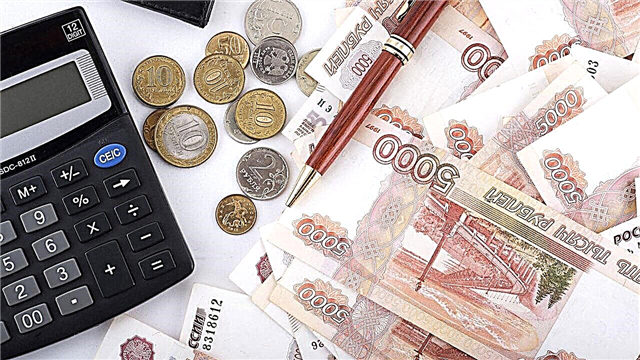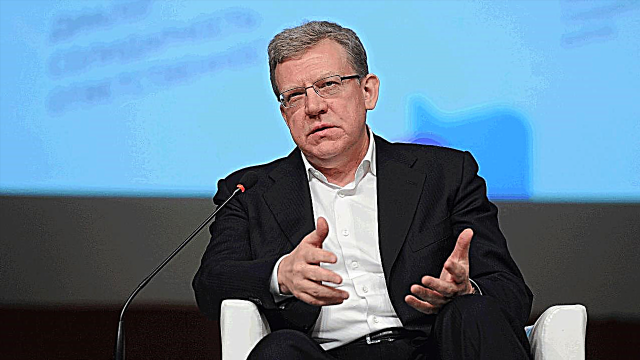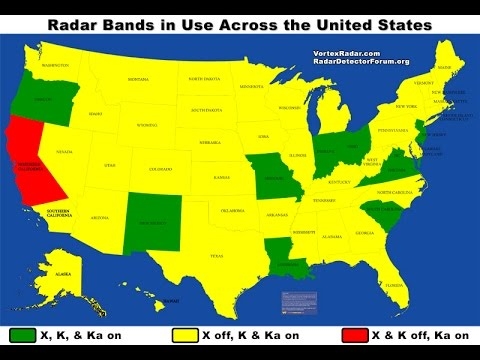AiF experts analyzed the criteria by which many Russians make purchases and found them false. Top 8 Consumer Misconceptionsunder the influence of which buyers will waste time and money in vain and will not receive either pleasure or benefit.
8. Prepare your sleigh in summer
 Proponents of vacation planning ahead of time lose sight of the important point - that even at the hottest time in hotels there may be empty seats. If this happens, both the hotel administration and transport companies decide to lower the price of accommodation and flights - a great chance to get a good offer just a couple of days before the weekend. Unfortunately, this rule does not apply to holidays, when the influx of tourists is always stable. But at the usual time, it will be possible to save. By the way, the love of round dates can be more expensive - experts noted that most residents of the Russian Federation prefer to set a departure date on the first or third day of the month. Therefore, ticket prices these days are often overpriced.
Proponents of vacation planning ahead of time lose sight of the important point - that even at the hottest time in hotels there may be empty seats. If this happens, both the hotel administration and transport companies decide to lower the price of accommodation and flights - a great chance to get a good offer just a couple of days before the weekend. Unfortunately, this rule does not apply to holidays, when the influx of tourists is always stable. But at the usual time, it will be possible to save. By the way, the love of round dates can be more expensive - experts noted that most residents of the Russian Federation prefer to set a departure date on the first or third day of the month. Therefore, ticket prices these days are often overpriced.
7. Cheap markets and expensive stores
 Now the place with the most inexpensive goods is a hypermarket during the action. In addition, the hypermarket has many advantages - for example, in contrast to the market, the buyer can personally control the quality of the product, weigh it on electronic scales and find out the exact price, which will not be rounded in the direction favorable to the seller.
Now the place with the most inexpensive goods is a hypermarket during the action. In addition, the hypermarket has many advantages - for example, in contrast to the market, the buyer can personally control the quality of the product, weigh it on electronic scales and find out the exact price, which will not be rounded in the direction favorable to the seller.
6. Health in package
 Far from everything in the commercials is true. This also applies to fruit juices, which are advertised in abundance on television. There are few useful substances in them, for example, such an important element as fiber is completely absent. It’s better to eat an apple.
Far from everything in the commercials is true. This also applies to fruit juices, which are advertised in abundance on television. There are few useful substances in them, for example, such an important element as fiber is completely absent. It’s better to eat an apple.
5. Sweet Poison
 Another myth circulating among Russian buyers is that you won’t get fat from brown sugar, and in general it is more useful than white. Alas, to the chagrin of the sweet tooth, sugar is sugar, no matter what color it is. Brown sugar differs from the usual white sugar only in the presence of cane molasses, the content of useful trace elements in which is so negligible that they should not be taken into account. And he has the same calorie content. But most chocolate sweets are among the most counterfeit food.
Another myth circulating among Russian buyers is that you won’t get fat from brown sugar, and in general it is more useful than white. Alas, to the chagrin of the sweet tooth, sugar is sugar, no matter what color it is. Brown sugar differs from the usual white sugar only in the presence of cane molasses, the content of useful trace elements in which is so negligible that they should not be taken into account. And he has the same calorie content. But most chocolate sweets are among the most counterfeit food.
4. Natural and artificial salt
 They say that in the manufacture of salt all sorts of bad substances are used, so you need to buy sea - it is more natural. However, it is not; in the sea (as usual) can add E535 / 536 so that there are no lumps. Such salt is best avoided.
They say that in the manufacture of salt all sorts of bad substances are used, so you need to buy sea - it is more natural. However, it is not; in the sea (as usual) can add E535 / 536 so that there are no lumps. Such salt is best avoided.
3. Sour apples are healthier
 Say, they have more iron. However, the amount of this useful trace element in apples is very small - no more than 2.2 mg per 100 grams, and it does not depend on the taste of the product. If you want to insure yourself against anemia, it is better to eat the liver - it contains ten times more iron than apples.
Say, they have more iron. However, the amount of this useful trace element in apples is very small - no more than 2.2 mg per 100 grams, and it does not depend on the taste of the product. If you want to insure yourself against anemia, it is better to eat the liver - it contains ten times more iron than apples.
2. Product quality is directly proportional to price
 The price of the product consists of many components, most of which have no relation to the taste or food quality of the product - for example, the cost of advertising, packaging, transportation, the price of raw materials and much more. It often happens that locally made products are tastier and more nutritious than imported ones in bright wrappers.
The price of the product consists of many components, most of which have no relation to the taste or food quality of the product - for example, the cost of advertising, packaging, transportation, the price of raw materials and much more. It often happens that locally made products are tastier and more nutritious than imported ones in bright wrappers.
1. Feline expert
And the first place in the ranking of consumer misconceptions took ... an ordinary domestic cat. According to many Russians, this fluffy animal is the main expert in the quality of sausages. Say, if a cat eats sausage with pleasure, then the product is definitely of high quality. However, trusting pets in this matter is not recommended. Firstly, the taste preferences of humans and cats do not coincide at all, and secondly, a starving animal can eat anything, just to smell a little meat. Even a plastic bag.

